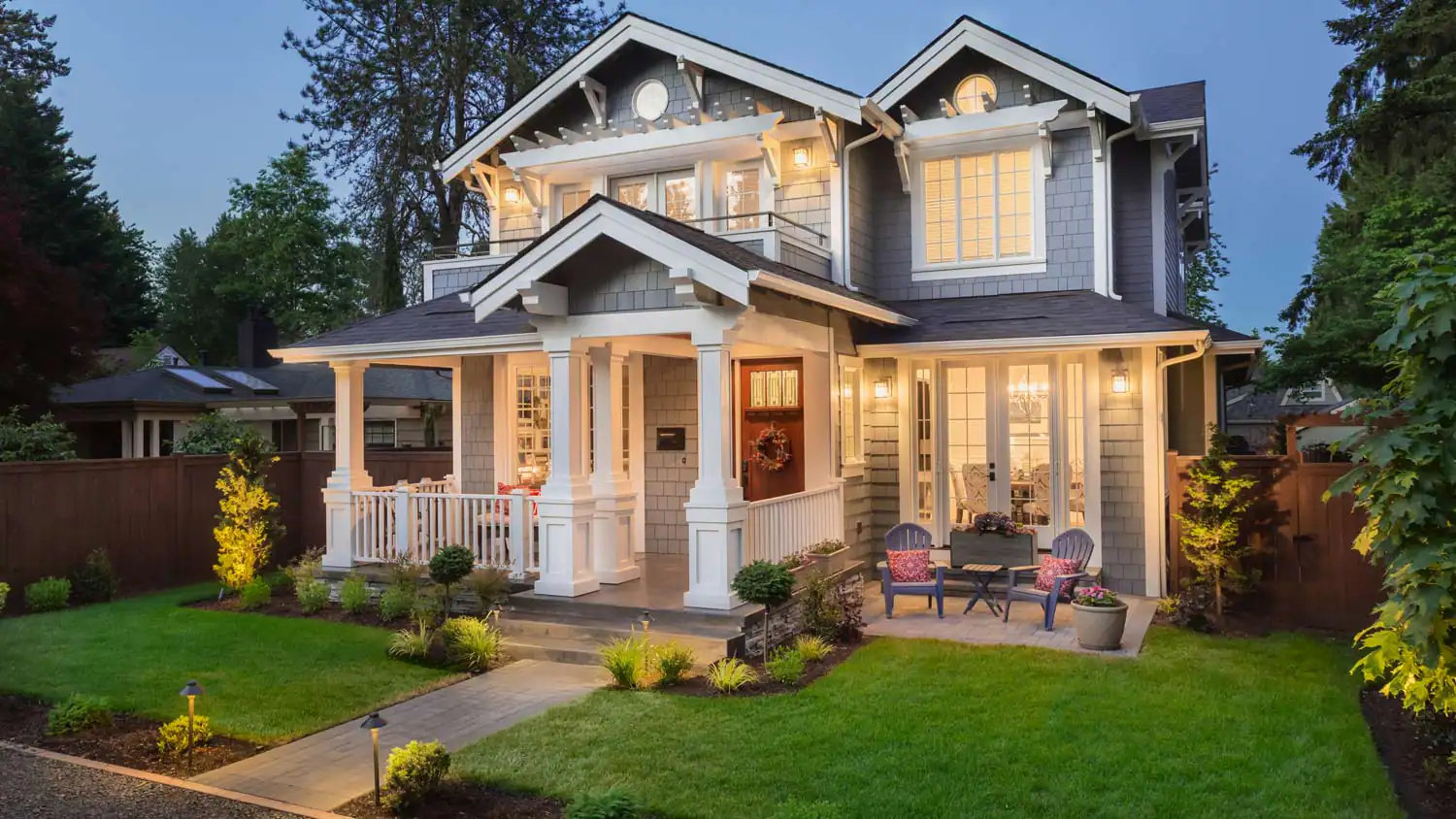
15 Oct Key Factors That Determine Painting Service Costs With Oakton Contractors Explained in Detail
There are several measurable elements that determine your final quote when hiring Oakton Contractors for painting: surface preparation, square footage, paint quality, and labor time all drive costs. What Factors Influence the Overall Pricing for Painting Services From Oakton Contractors? You should weigh the risks of lead-paint or mold remediation as potentially dangerous cost drivers, as well as accessibility and timeline impacts, against positive additions like warranties and premium finishes that raise value. Understanding each item lets you compare estimates and negotiate a fair, transparent price.
Key Takeaways:
- What Factors Influence the Overall Pricing for Painting Services From Oakton Contractors? — project size, surface condition, prep needs, and number of coats.
- Material and finish choices, access/height requirements, and specialty coatings or textures increase labor and equipment costs.
- Timeline and seasonal demand, contractor experience, required repairs/permits, and a detailed written estimate/warranty determine the final quote.
Understanding Painting Service Costs
Overview of Cost Components
Labor, materials, and preparation drive most quotes: expect labor to consume roughly 40–60% of the total, quality paint to be 20–30%, and preparation/repairs to make up the rest. Square footage, number of coats, trim work, and access (scaffolding or lifts) all impact per-unit pricing; typical interior ranges run approximately $1.50–$4.00 per square foot, depending on the finish and region. You should also budget for caulking, drywall patching, and disposal, as each can add several hundred dollars to the cost of a standard single-family home.
Importance of Accurate Cost Estimation
Accurate estimates prevent surprise charges: failing to account for lead remediation or rotten siding can add $2,000–$5,000 or more, while omitted scaffolding costs often show up as a $500–$1,500 line item. Inspections, test patches, and a written, itemized bid let you compare apples-to-apples across contractors and keep change orders under control.
Detailed on-site measurements, documented damage reports, and clear selections of paint grade and sheen form the backbone of reliable bids; ask for square-foot breakdowns, line-item labor hours, and product names so you can verify assumptions. Typical cost drivers should be listed separately—such as prep/repairs, priming, two coats, trim, and cleanup—with contingency allowances (commonly 10–15%) for unforeseen issues. Including the question What Factors Influence the Overall Pricing for Painting Services From Oakton Contractors? in your RFP forces bidders to address access, substrate condition, and warranty terms explicitly, which often reduces post-start disputes and results in closer final invoices to the original estimate.
Factors Influencing Painting Costs
- What Factors Influence the Overall Pricing for Painting Services From Oakton Contractors?
- Type of Paint Used
- Surface Preparation Requirements
- Size of the Area Being Painted
- Complexity of the Project
- Labor Costs and Contractor Fees
Type of Paint Used
Premium acrylic latex with low-VOC formulas typically runs between $40–$90 per gallon, while standard interior latex is often $20–$60 per gallon; a gallon covers about 350–400 sq ft, so your choice changes both material spend and the number of coats required, especially for dark-to-light color changes where you may need an extra coat or stain-blocking primer.
Surface Preparation Requirements
Major preparations—such as extensive scraping, wallpaper removal, drywall repair, or lead mitigation—can add $200–$ 2,000, depending on the scope; you’ll pay more when technicians must address moisture damage or mold, as remediation and specialized primers extend both labor and material costs.
Detailed prep examples: wallpaper removal averages $1–$3 per sq ft, drywall patching runs $50–$150 per repair, and lead-safe practices can escalate costs to $8–$15 per sq ft due to containment and testing; power washing, rot replacement, and priming can double the hours on a job, so you should expect surface condition to be a major driver of the final quote.
Size of the Area Being Painted
Coverage math matters: a single coat on 1,000 sq ft typically requires ~3 gallons, while a 2,500 sq ft interior may require 8–10 gallons, plus primer; larger spaces yield economies of scale in labor but raise total material and waste disposal costs.
Per-square-foot pricing examples: interior painting often falls between $1.50–$3.50 per sq ft (materials + labor); ceilings, trim, and closets add incremental costs—expect ceilings to increase a job by 10–20%—and an open-plan 2,500 sq ft job can range from $3,750–$8,750 depending on finishes and number of coats.
Complexity of the Project
Features such as crown molding, built-ins, multi-color schemes, high ceilings, and decorative finishes increase both the time and skill required. Equipment rentals, such as scaffolding or lifts, typically add $100–$300 per day, and intricate trim work often doubles the labor hours compared to plain walls.
High-complexity examples, such as historic homes requiring color-matching and specialty primers, or textured stucco requiring elastomeric coatings, can increase costs by 2–3 times the standard rates. Custom finishes, like faux, glaze, or Venetian plaster, can multiply material and labor costs by 3–5 times, so factor in specialty trades and longer lead times when assessing bids.
Labor Costs and Contractor Fees
Local labor rates for professional painters commonly range from $35 to $60 per hour per painter. Some projects are quoted by the square foot or as flat bids. Overhead, insurance, and markup typically add 10–30% or more to the raw labor and materials, affecting the final invoice.
Estimate breakdowns: a two-person crew working eight hours at $45/hr each totals $720 in labor for a day; add materials, insurance, permit fees, and a contractor markup (often 15–25%), and you’ll see why labor and business overhead can be the largest line items on your quote.
This helps you pinpoint which line items on Oakton Contractors’ estimates drive price differences and where you can adjust scope to control costs.
The Role of Oakton Contractors in Pricing
Local Market Rates
Oakton is located within the DC metro pricing band, so you can expect labor and materials to exceed national averages. Typical local labor rates range from roughly $40 to $75 per hour, and exterior jobs often cost 20–40% more than in rural areas. That premium reflects permit fees, insurance costs, and contractor overhead that directly answer the question: What Factors Influence the Overall Pricing for Painting Services From Oakton Contractors?
Experience and Reputation
Established Oakton contractors with 10+ years of local work often charge a premium because you pay for proven outcomes, warranties, and vetted crews; expect a 10–30% markup over a newcomer for the same scope. You can verify reputation through local BBB ratings, Google reviews, and examples of past work you can inspect in person.
Deeper reputation effects are evident in specific line items: seasoned teams frequently include more thorough surface preparation (sanding, epoxy repairs) and use higher-grade coatings, which reduce callbacks but increase upfront costs. In a recent regional comparison, contractors with 4.9+ star averages bundled a 5-year workmanship warranty and averaged higher hourly rates but delivered 30–50% fewer touch-ups within 12 months. You should ask for references, photos of completed projects similar to yours, and documented warranty terms; those elements explain why a higher initial quote can yield lower total lifecycle cost.
Clear Communication and Estimates
Oakton contractors who provide detailed, line-item estimates help you avoid surprises by listing labor hours, paint brand/finish, surface preparation, and disposal fees; insist on a written scope and projected timeline before work begins to limit change-order shocks. Vague quotes often conceal additional charges that can inflate the final bill.
Detailed estimates break costs down into measurable units—such as square footage, hours per task, and gallons per coat—so you can compare bids on an apples-to-apples basis. For example, a clear bid might show prep: 12 hrs, coats: 2, paint: 6 gallons (eggshell), and a contingency for hidden rot priced separately. Ask contractors to itemize permits, lead-safe practices, and cleanup costs so you can identify inflated line items; require a clause for change orders that specifies hourly rates and approval thresholds to protect your budget.
Additional Charges and Hidden Costs
Travel Fees and Logistics
Long-distance jobs often incur a travel fee: Oakton Contractors may charge $0.50–$1.00 per mile or a flat trip fee of $25–$75, plus crew travel time, which is billed at hourly rates. You’ll also face charges for parking permits, gated community access, or multiple material deliveries. A 40-mile round-trip at $0.75/mile adds about $30 to your invoice before labor and materials.
Environmental Considerations
If you ask, “What Factors Influence the Overall Pricing for Painting Services From Oakton Contractors?” environmental compliance often ranks high: lead testing typically costs $100–$250, disposal and permitting fees commonly fall between $50–$500, and specialized containment adds a measurable expense. You’ll notice these items push a bid higher on older homes or commercial sites with stricter regulations.
EPA Renovation, Repair, and Painting (RRP) requirements mandate the use of a certified renovator for pre-1978 properties, and HEPA containment/air monitoring rentals typically range from $200 to $800. Choosing low‑ or zero‑VOC paints can add $3–$15 per gallon but reduces indoor air concerns; combined testing, containment, and disposal often increase a project’s cost by 5–15% on average.
Timeframe and Urgency
Compressed schedules and rush starts drive surcharges. Expect typical rush premiums of 10–30%, while weekend or after-hours work is often billed at 1.25–1.5 times the standard labor rate. You’ll pay more for projects requiring a start within 48–72 hours because crews, materials, and logistics must be reprioritized.
Accelerating a 5‑day exterior job into 2 days forces extra crews and overtime; labor costs alone can rise 25–40% due to double crews and 1.5× overtime rates, plus expedited material shipping fees of $50–$200. You should weigh the premium against the benefit of the faster delivery when comparing quotes.
How to Get an Accurate Quote
Importance of On-Site Assessments
On-site assessments allow you and your estimator to inspect the substrate condition, moisture, caulking needs, and access challenges. A typical 1,500 sq ft exterior walk-through takes 30–45 minutes and can change a bid by 15–35% if rot, lead paint, or extensive preparation is found. These visits directly inform the Factors That Influence the Overall Pricing for Painting Services from Oakton Contractors.
Comparing Multiple Estimates
You should collect at least three written estimates from different contractors; most price variance comes from labor rates ($25–$65/hour), paint grade (standard vs. premium, $15–$45/gallon), the number of coats, and warranty length. Look for line-item transparency and ask about subcontracted work.
Estimate Comparison Checklist
| Item | What to compare |
| Price breakdown | Line items for prep, paint, labor, permits |
| Materials | Brand, sheen, gallons, and coverage |
| Labor | Hourly rates, crew size, estimated hours |
| Timeline | Start date, duration, weather contingencies |
| Warranty | Duration and what it covers |
| Extras | Disposal, scaffolding, lead-safe work |
| References | Recent local jobs and contactable clients |
When you drill into differences, you’ll see why one bid is 20% higher: maybe it uses a higher-grade acrylic with 400 sq ft/gallon coverage, includes a third coat for high-traffic areas, or factors in scaffold rental. Ask for sample calculations (e.g., sq ft × coats ÷ coverage) so you can verify quantities and spot lowball estimates that omit prep or priming.
Understanding Detailed Quotes
Detailed quotes should list surface preparation, repairs (with estimated hours), primer, and paint by brand and sheen, including the number of coats, cleanup, disposal fees, and payment schedule. Missing line items often become unexpected costs later, so it is essential to require itemization before signing.
Quote Breakdown
| Component | What to verify |
| Surface prep | Pressure wash, sanding, caulking, and rust removal |
| Repairs | Type (rot, drywall), estimated hours, and materials |
| Paint | Brand, sheen, gallons, coverage (sq ft/gal) |
| Coats | Primer count and finish coats per surface |
| Labor | Crew size, hourly rates, total labor cost |
| Cleanup & disposal | Trash removal, hazardous waste handling |
| Payment terms | Deposit, milestones, final payment |
Insist on brand names and coverage numbers (for example, 350–400 sq ft per gallon) and note warranty terms in writing; in one Oakton job, a contractor omitted primer, and the owner incurred a 20% recoat cost—detailed quotes prevent that by making assumptions explicit and enabling direct line-item comparisons.
Tips for Reducing Painting Costs
- What Factors Influence the Overall Pricing for Painting Services From Oakton Contractors? — Use this to negotiate by comparing scope, materials, and labor line items across bids.
- Schedule work in the off-season or combine rooms to reduce setup and mobilization charges.
- Pick mid-grade paints and limit color changes to cut material and labor time.
- Handle minor prep tasks yourself to lower the labor portion of the invoice.
Timing Your Project
Schedule painting in late fall or winter when demand is lower. Painters in many markets offer 10–20% lower rates during slower months, and you can often secure faster start dates and reduced mobilization fees by booking off-peak.
Choosing Cost-Effective Options
Select mid-grade paints ($25–$40 per gallon) over premium lines ($50–$70+) for common living spaces, limit accent walls to one or two per job to save on labor time, and stick to existing trim colors to avoid extensive cut-in work.
Compare total cost per room by calculating paint gallons needed, primer needs, and estimated labor hours; choosing a durable eggshell or satin finish for high-traffic areas often reduces long-term maintenance costs, while targeted primers eliminate the need for multiple full-coat applications—these tactics can deliver 20–35% savings on recurring repaint cycles.
DIY vs. Professional Services
Take on minor prep tasks, such as filling small nail holes, removing switch plates, or relocating furniture, to reduce labor hours billed. Labor commonly accounts for 60–70% of total costs, so even a few hours of your work can noticeably lower the quote.
Assess complexity: simple one-color rooms with smooth walls are good DIY candidates, but textured ceilings, high walls, or homes built before 1978 may involve lead paint risks and require certified professionals—get at least three bids, ask for itemized labor and material costs, and weigh the time, tools, and quality trade-offs before deciding.
Any agreement on scope, price, and start/end dates should be documented in writing to protect your budget and ensure alignment with your expectations.
To wrap up
Now, when you ask “What Factors Influence the Overall Pricing for Painting Services From Oakton Contractors?” focus on project scope, surface condition, materials, access challenges, timeline, and permit or prep requirements; understanding these elements lets you evaluate estimates, prioritize investments, and negotiate confidently with contractors to ensure fair value for your painting project.
FAQ
Q: What Factors Influence the Overall Pricing for Painting Services From Oakton Contractors?
A: Pricing is influenced by project size (square footage and number of rooms), surface condition and prep needs (patching, sanding, priming, mildew or lead remediation), paint type and finish (brand, VOC level, number of coats, specialty coatings), labor complexity (trim, cabinetry, detailed millwork, ceilings, high walls, scaffolding or lift requirements), access and logistics (stairs, narrow access, parking, disposal), timeline and scheduling (rush jobs or off-season discounts), and additional services (wallpaper removal, carpentry repairs, caulking, cleanup). Oakton Contractors’ quotes typically itemize labor, materials, and any applicable permits or fees, allowing you to see how each factor contributes to the final cost.
Q: How does surface preparation change the estimate from Oakton Contractors?
A: Surface preparation can be the largest variable: simple cleaning and light sanding add minimal cost, while extensive prep—such as filling cracks, replacing rotted wood, removing old paint, mildew remediation, or priming bare surfaces—adds labor and materials. If lead-based paint testing or encapsulation is required, specialized handling and compliance costs will further increase the estimate. Oakton Contractors will assess surfaces during a walkthrough and include prep tasks and time in the written estimate.
Q: In what ways do paint quality and finish affect the total price?
A: Higher-grade paints and specialty finishes cost more per gallon but often require fewer coats and last longer, which can lower lifetime costs. Low-VOC or eco-friendly options, stain-blocking primers, and specialty textures or high-sheen finishes can add to material and labor costs. Oakton Contractors will recommend products based on durability needs and budget, and will show the cost difference between standard and premium options in the proposal.
Q: How do labor rates, project complexity, and access requirements impact cost?
A: Labor is priced by time and crew size; intricate trim work, detailed cabinetry, multiple color changes, and pattern work increase hours and hourly labor costs. Projects needing scaffolding, boom lifts, or safety measures for high exterior work raise equipment and insurance costs. Tight access, extended setup/tear-down time, and multi-story scaffolding also contribute. Oakton Contractors factors crew skill level and equipment needs into the labor component of the estimate.
Q: What extra fees or services should I expect in the Oakton Contractors quote, and how can I get a transparent breakdown?
A: Expect line items for materials (paint, primers, caulk), labor, surface repair, equipment rental (ladders, lifts, scaffolding), disposal, permit fees (if applicable), and warranty or post-job touch-ups. Rush scheduling or weekend work may add surcharges. Ask Oakton Contractors for a written, itemized estimate that lists unit costs, the number of coats, the brand of paint, prep tasks, the timeline, payment schedule, and warranty terms, so you can compare options and avoid hidden fees.

Mike Katounas is the owner of Home Works Painting, a painting business in Northern Virginia. He has over 15 years of experience in residential interior and exterior painting, drywall installation/repair, carpentry, wallpaper removal, power washing, commercial painting, color consultation, and staining/sealing. Their service areas include Chantilly, Fairfax, Herndon, Oakton, Reston. Mike takes pride in his work, and he always follows a strict code of conduct that includes the use of quality paint, a clean workspace, and an honest, respectful approach to his customers.
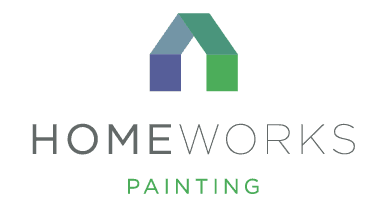



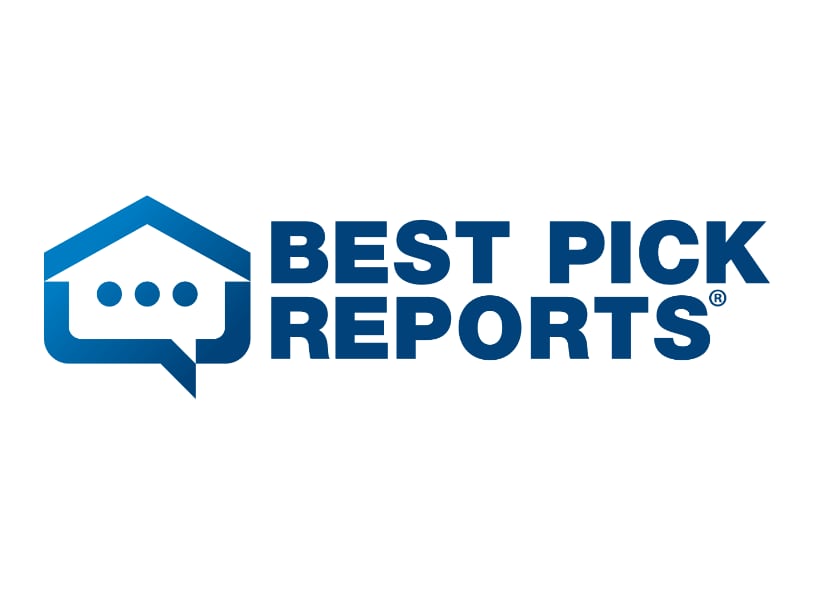
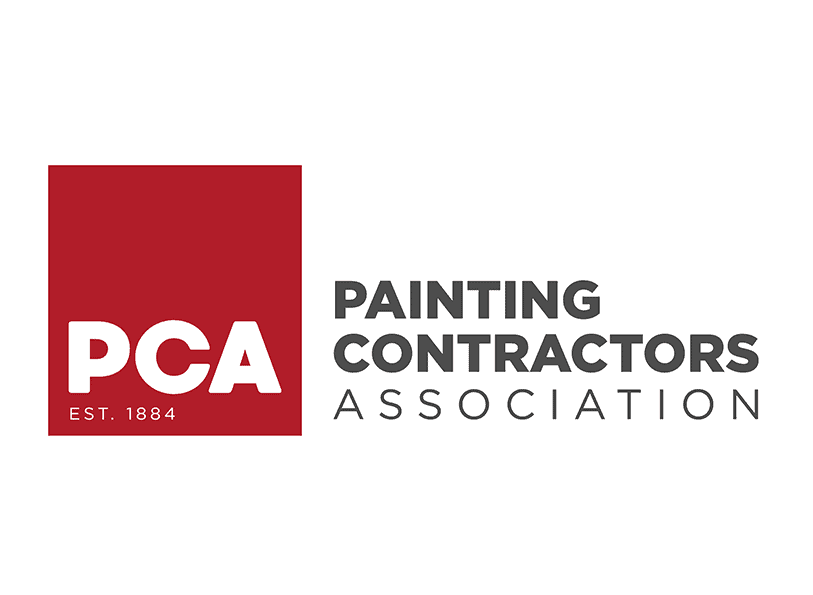
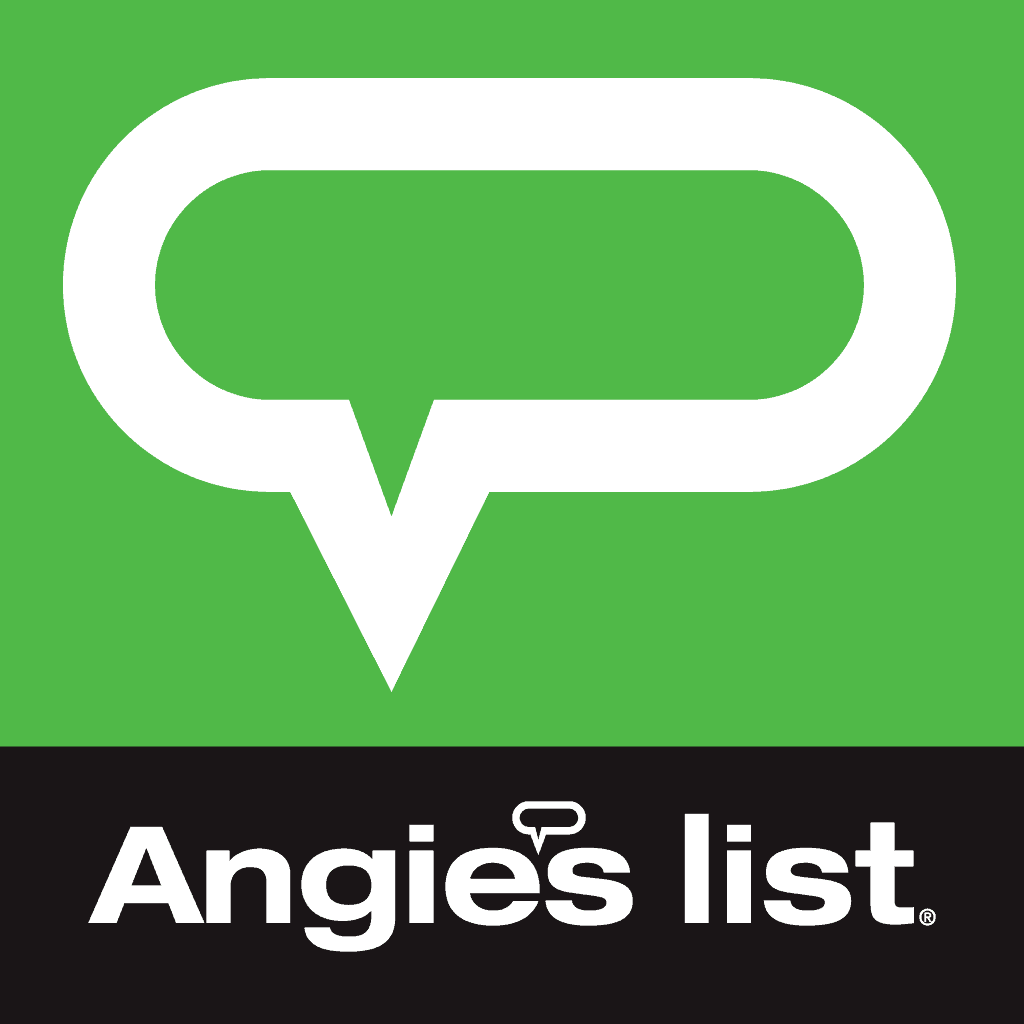
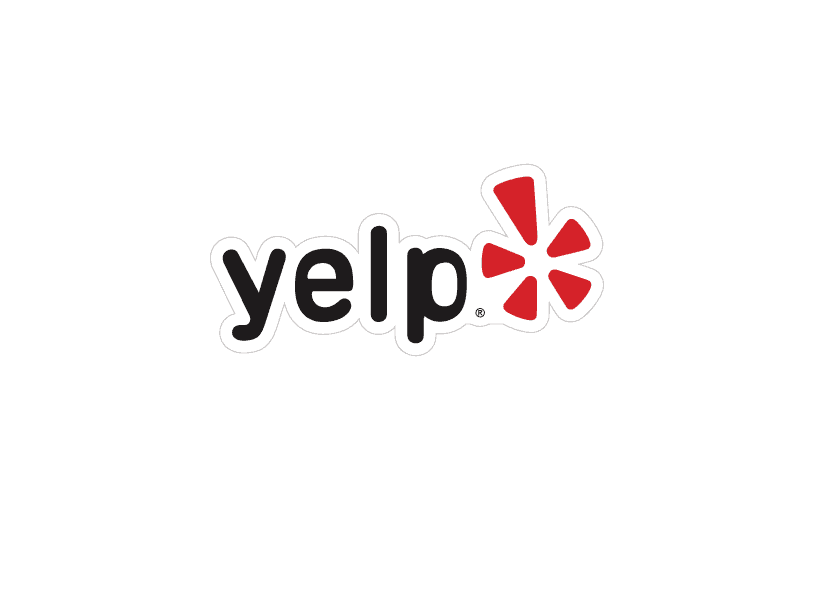

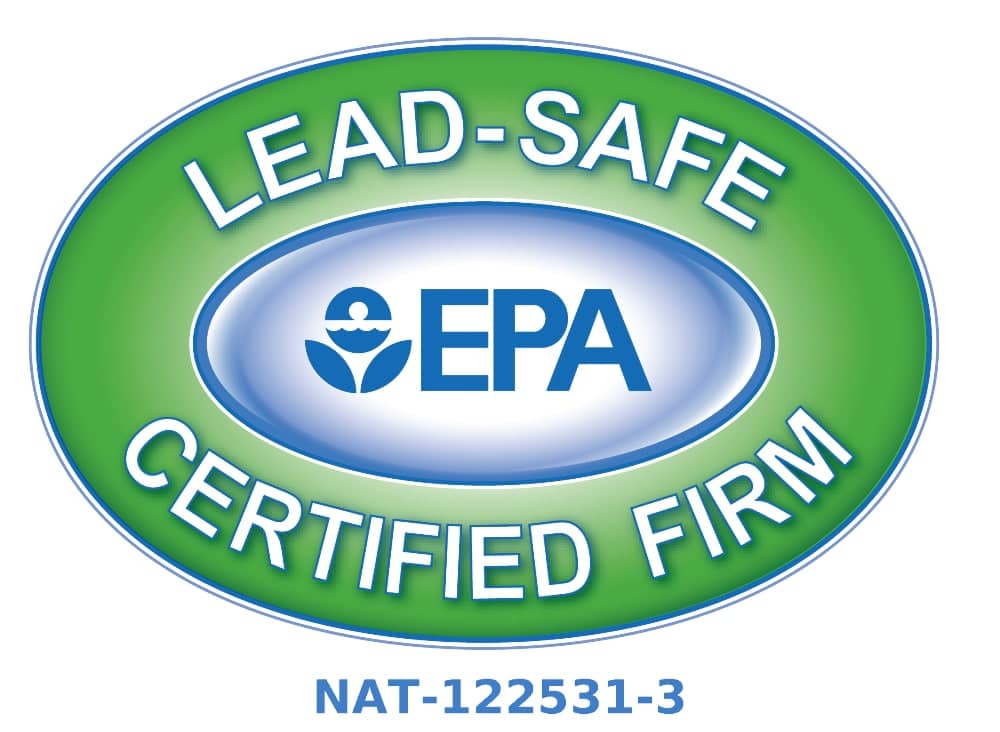
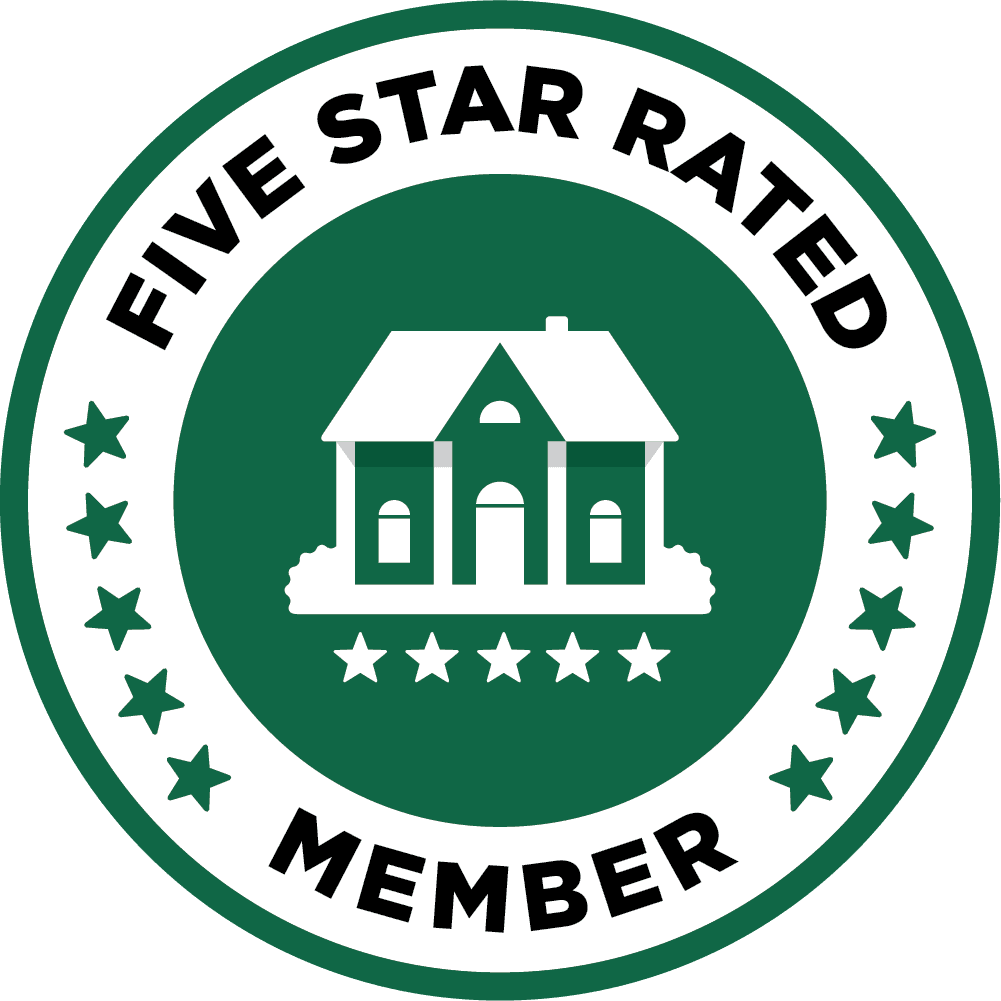

Sorry, the comment form is closed at this time.